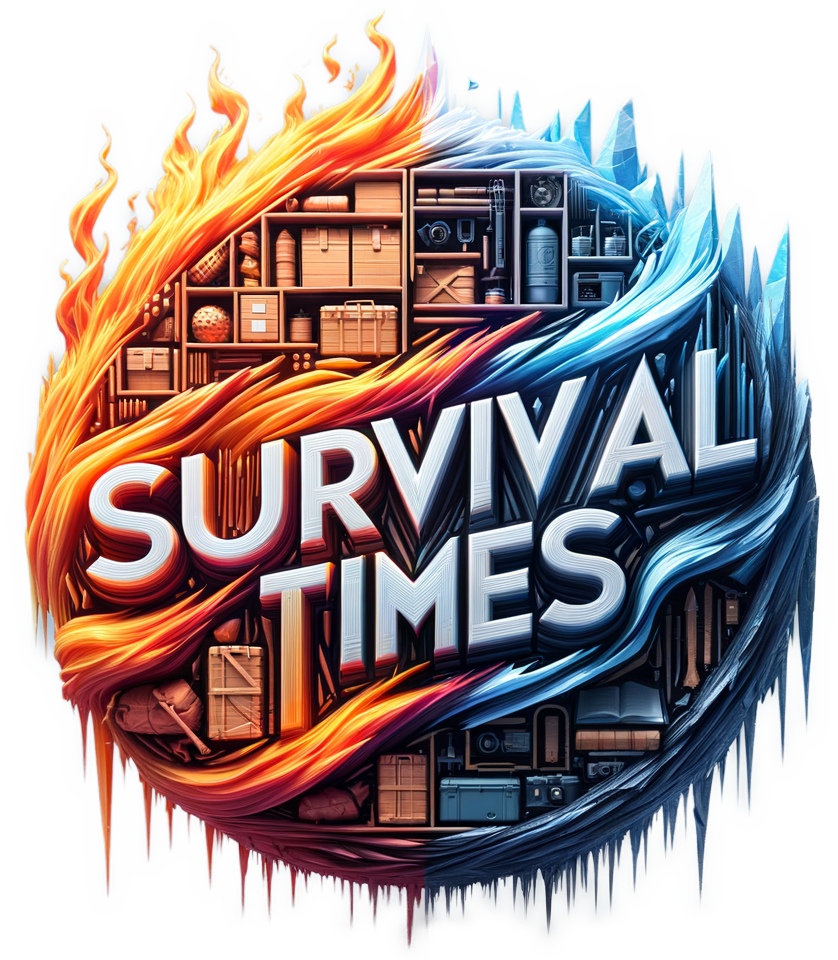Have you ever wondered what you would do if you found yourself in a situation without access to a kitchen or a way to cook your food? It’s a question that might have crossed your mind, especially as you’re planning for emergencies or simply decluttering your space by stocking up on some frozen emergency food. But this question leads to another sticky situation: can you eat frozen emergency food directly without cooking? Let’s unpack this intriguing topic to ensure you’re well-prepared for any situation life throws your way.
Understanding Frozen Emergency Food
Before diving deeper, it’s crucial to understand what frozen emergency food actually is. Essentially, this category encompasses non-perishable food items designed to last a long time under proper storage conditions. Such foods are typically packaged to withstand the test of time and are intended to be consumed during emergencies when fresh food might not be available.
Types of Frozen Emergency Food
When talking about frozen emergency food, you’re likely thinking of items such as frozen vegetables, pre-cooked meals, and various snacks that have high shelf stability. These foods are stored in your freezer and are meant to be both nutritious and convenient.
| Type of Food | Description |
|---|---|
| Vegetables | Pre-packaged and blanched, retaining nutrients and ease of preparation. |
| Pre-cooked Meals | Ready-to-eat dishes designed for warming up before serving. |
| Frozen Snacks | Items like frozen fruits or protein bars designed for easy consumption. |
Is It Safe to Consume Frozen Food Without Cooking?
You might be curious if frozen emergency food is safe to eat without cooking. This question hinges on the specific type of food in question. While some frozen items can be consumed without heating, a few details need your attention.
Raw vs. Pre-Cooked Foods
Distinguishing whether the food is raw or pre-cooked is an essential factor in determining safety. Pre-cooked items like meals or certain vegetables have already undergone some level of preparation, making them safer to eat without further cooking. These products have been cooked to kill most of the harmful bacteria and are then frozen to maintain their safety.
Conversely, raw foods, such as uncooked meats or certain raw vegetables, retain potential bacterial risks even when frozen. These foods require cooking to ensure the bacteria and pathogens are neutralized.
Frozen Fruits and Vegetables
Frozen fruits and vegetables often come pre-blanched. Blanching is a process where the items are dipped briefly in boiling water, which helps kill bacteria on their surfaces. While blanched vegetables are generally safe to eat when thawed, their texture and taste might not be ideal without cooking.
In contrast, fruits—like berries or mango chunks—can be eaten after thawing and can even be quite refreshing when consumed straight from the freezer, particularly during warmer months.
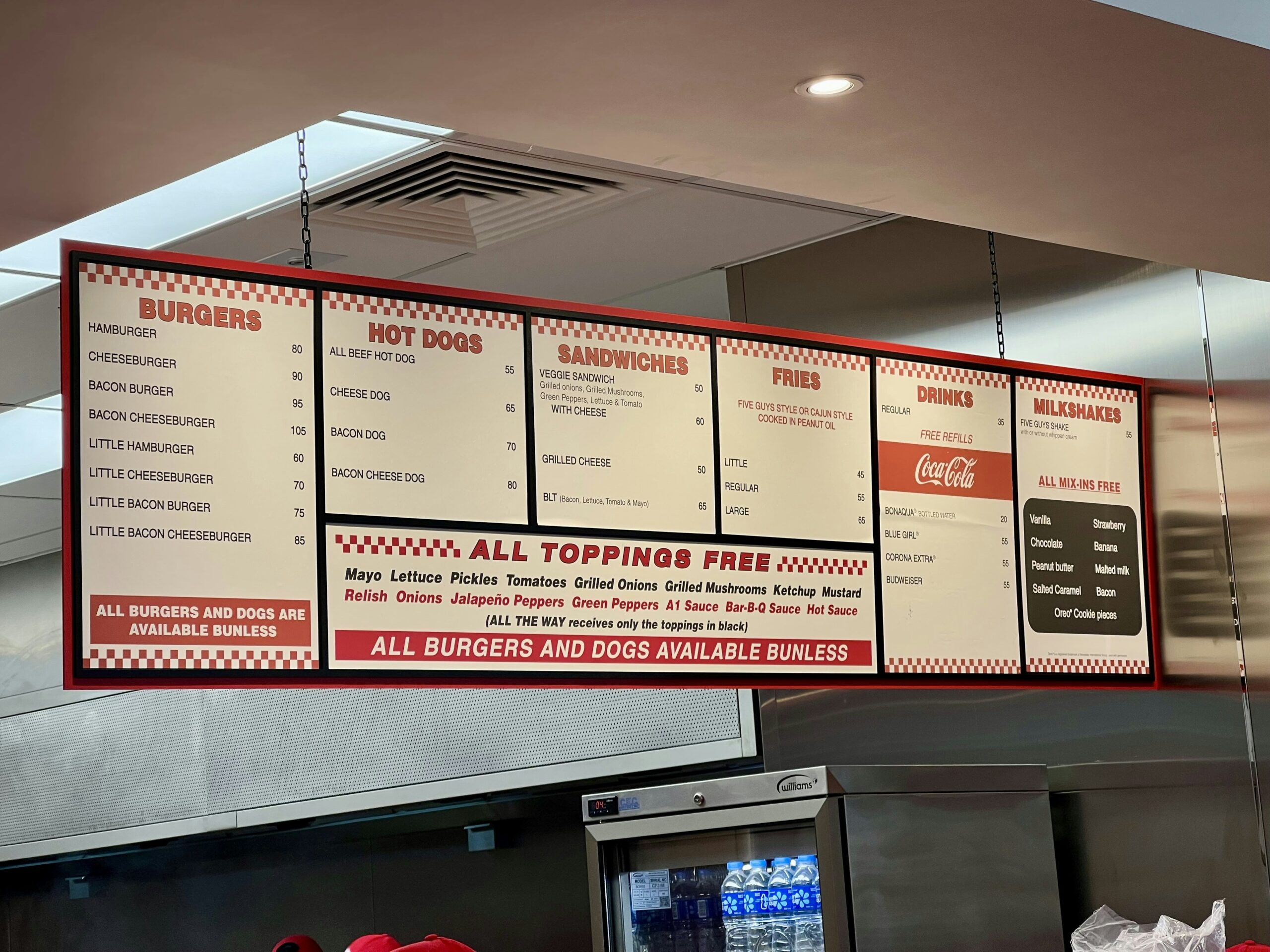
Nutritional Considerations
While frozen emergency foods are incredibly convenient, their nutritional value can sometimes differ from their fresh counterparts. Let’s discuss the nutritional aspects you should consider when pondering whether to eat these foods raw.
Nutrient Retention in Frozen Foods
Contrary to popular belief, freezing can help preserve a significant amount of the nutrients in fruits and vegetables. Unlike fresh produce, which might lose its nutritional value over time due to deterioration, freezing can lock in vitamins and minerals until you’re ready to consume the item.
However, if you’re not cooking these foods, you may miss out on some nutrients that need heat to become bioavailable. For instance, cooking can increase the antioxidant levels in food items like tomatoes or carrots, meaning you might not gain the full nutritional benefits without a brief heating period.
Potential Nutrient Loss
On the flip side, if frozen food has been stored improperly, it can undergo nutrient degradation. Freezer burn, for instance, is a situation in which the outside of the food becomes dried out due to moisture loss, affecting taste and potentially reducing nutritional value.
Addressing Taste and Texture
Even if safety is assured, and nutritional needs are met, there’s another consideration—taste and texture. How will the food feel and taste when it isn’t cooked?
Texture Changes
Frozen foods experience texture changes when thawed, particularly if they were not intended to be consumed without heating. Vegetables might turn mushy, while pre-cooked meals can feel overly watery or grainy. While these changes don’t impact safety, they do affect your eating experience.
Taste Profile
The taste of meats, grains, and other foods can vary significantly when consumed cold. Often, seasonings and flavors are activated or enhanced through cooking. You might find the meal lacks desirable taste when skipping that essential step.
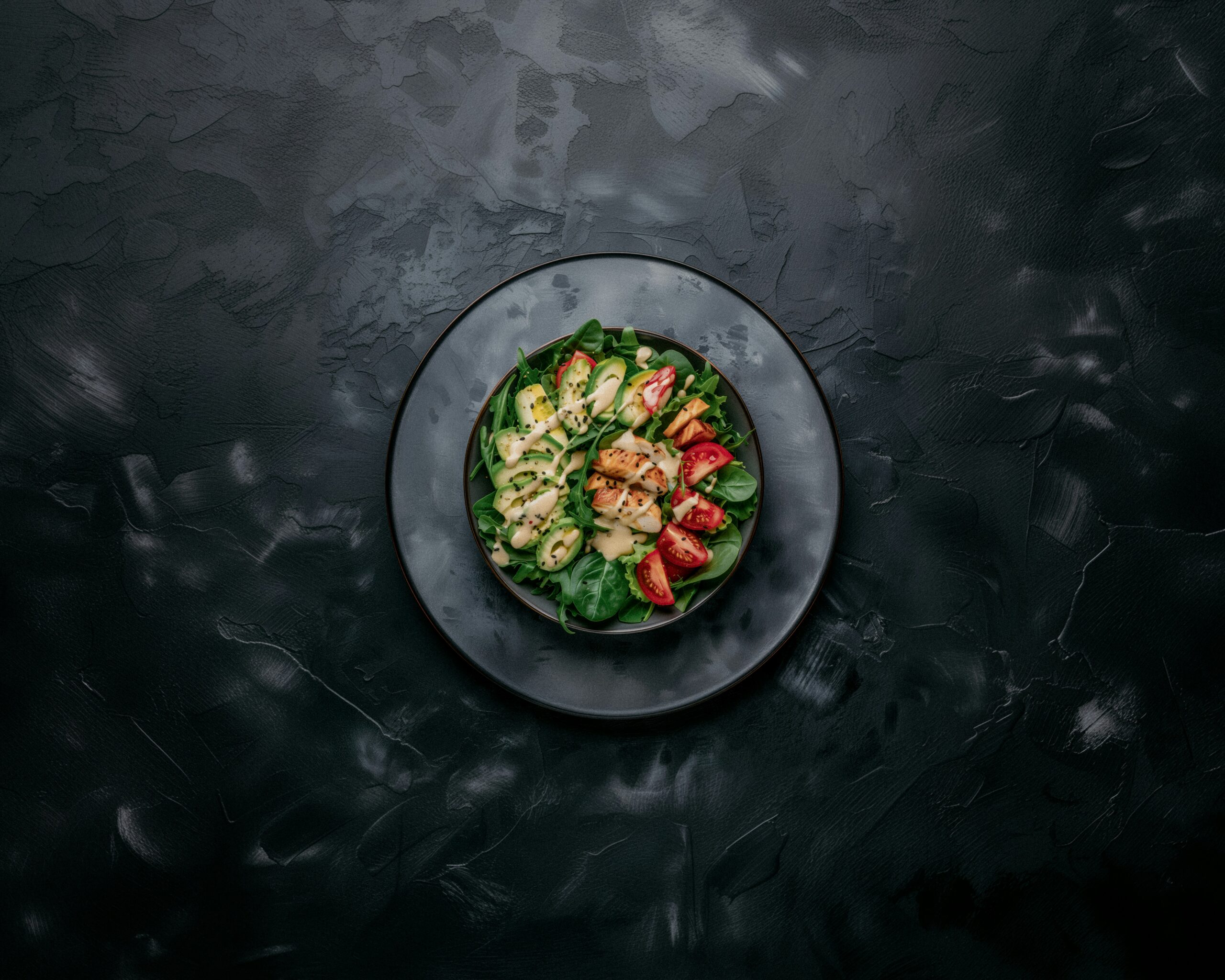
Emergency Situations: A Consideration
In emergency settings, you might not have the leisure to worry about taste and texture. Quick nutritional intake becomes paramount. Here’s where the true function of emergency food kicks in. It’s designed to offer quick, life-sustaining calories and nutrients when no other options are available.
Prioritizing Caloric Uptake
In emergencies, the goal is to maintain energy levels and ensure sustenance. At such times, consuming higher-calorie foods, whether frozen or not fully cooked, may be more practical than worrying about texture.
Emergency Readiness
Stock your freezer with pre-cooked meals, cleanly portioned vegetables, and fruits which provide a balance of nutrients. Keeping easy-to-eat emergency snacks can support your nutritional requirements without cooking.
Potential Risks of Consuming Frozen Emergency Foods as They Are
Knowing the risks associated with consuming frozen foods without cooking is important to safeguard your health.
Potential Bacterial Hazards
Despite being frozen, certain bacteria can lie dormant and become active once the food is thawed. Foods like raw meats, fish, and some vegetables can house these microorganisms, posing food safety risks if consumed uncooked.
Digestive Concerns
Your digestive system might exert more effort when processing cold or thawed foods, which aren’t broken down by cooking. Proper digestion principally starts in your cooking vessels, easing the work your stomach has to do later.
Impact on Specific Diets
If you’re following a particular diet for health reasons, ensuring you meet your nutritional guidelines with raw frozen foods could be challenging. Many frozen meals are designed to be part of a balanced meal when cooked, which might be skewed if consumed raw.
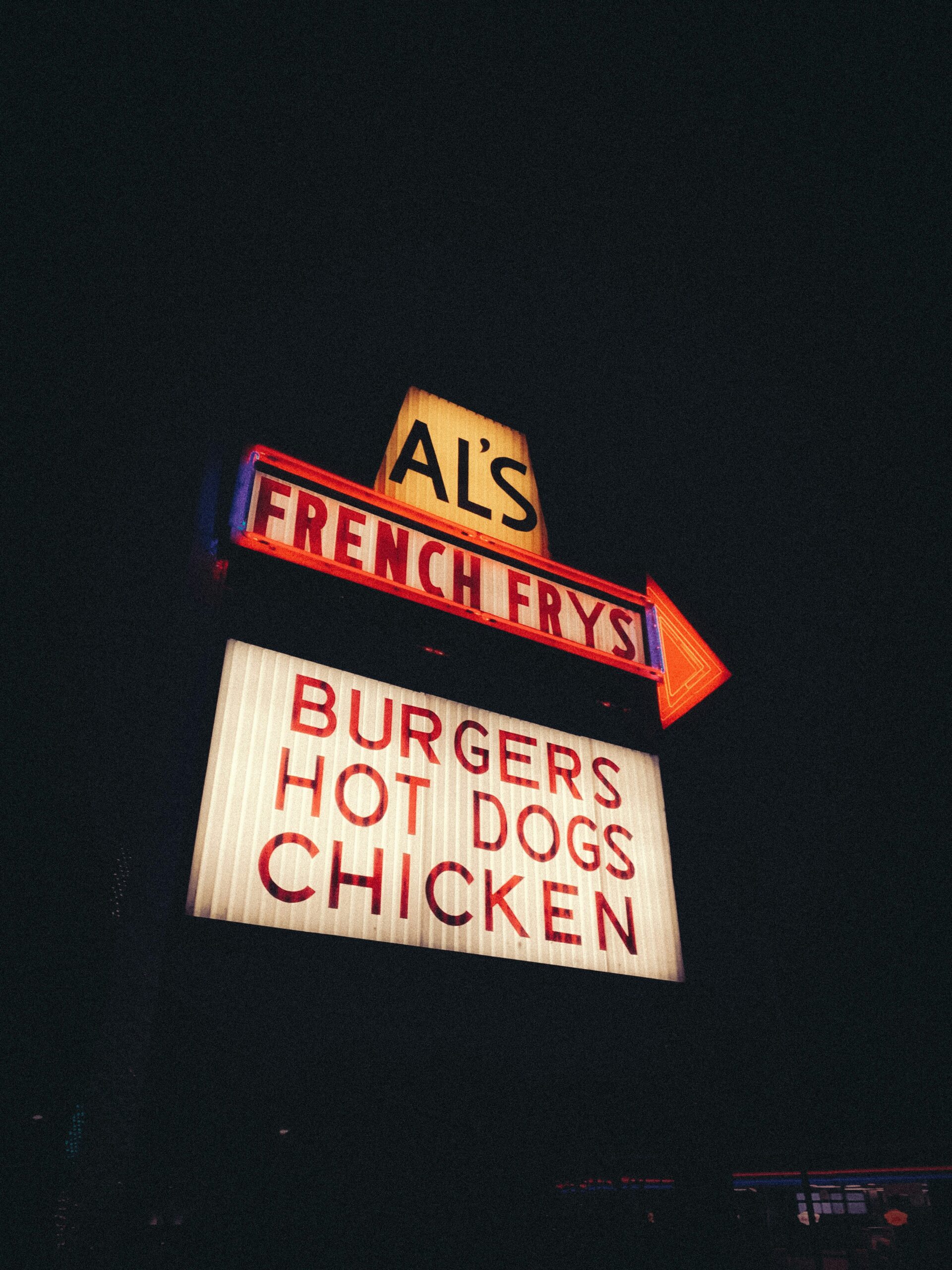
Tips for Safe Consumption
If you ever find yourself needing to consume frozen food without cooking, these tips might ensure safer and more palatable eating experiences.
Thawing Techniques
Implement proper thawing techniques, avoiding leaving food out at room temperature for long periods. Safe methods might include thawing in the refrigerator, which maintains steady, safe temperatures.
Selecting the Right Foods
Stock up on foods specifically designed to be eaten raw or have undergone processes that ensure they are safe uncooked. Labels or packaging often note whether items are pre-cooked.
Reading Labels for Instructions
Always scrutinize food labels for instructions related to safe consumption without cooking.
Maintaining Proper Storage
Ensure your freezer is at an ideal -18°C (0°F) or lower, minimizing bacterial growth risks, and ensuring your food remains as intended by the manufacturer.
Exploring Alternatives to Provide Meals without a Kitchen
Facing emergencies without a kitchen doesn’t mean you’re limited to uncooked frozen options. There are plenty of alternative methods to provide for yourself or your family even without traditional cooking appliances.
Overlooked Non-Frozen Options
Apart from frozen foods, consider pre-packaged ready-to-eat meals, which require no preparation. Items like canned goods, dry snacks, or instant meals can be a practical choice.
Implementing Portable Appliances
Using portable appliances, such as camp stoves or electric grills, might work as a set-up to cook any frozen items you’re uncertain about eating raw.
Embracing Cold Meal Creations
Cold meals can also be scrumptious and safe when you have access to certain fresh ingredients. Combine thawed fruits and nuts with salads or prepare sandwiches using shelf-stable alternatives to create satisfying meals.
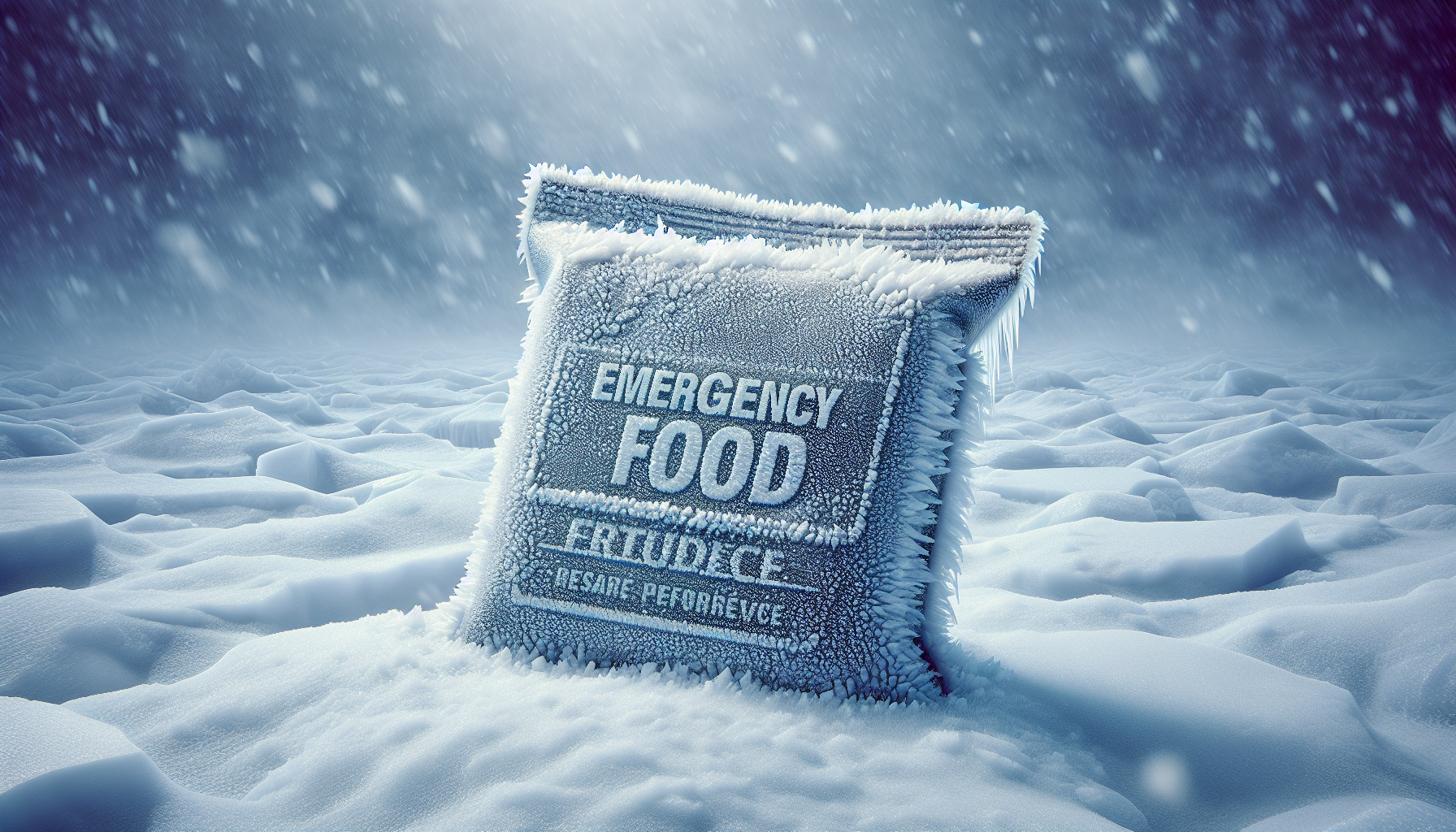
Final Thoughts on Eating Frozen Emergency Food Raw
There’s no denying the convenience of frozen emergency foods, especially when your daily life gets chaotic or when you’re managing an unexpected crisis. However, it’s prudent to balance your needs with a fair bit of caution—ensuring that whatever you consume respects basic safety guidelines.
Venturing into a realm of uncooked meals, whether out of necessity or curiosity, can be an insightful and interesting experience. Just remember, safety comes first, and understanding the makeup, condition, and intended use of each item will better guide you in making the right choices. Equip yourself with knowledge, remain adaptable, and you’ll be aptly prepared to meet whatever challenges come your way with confidence.
